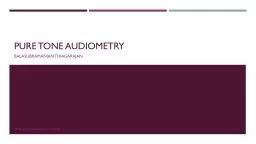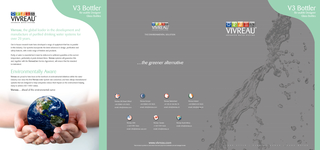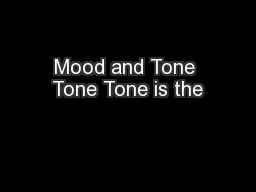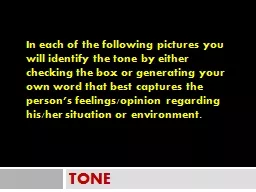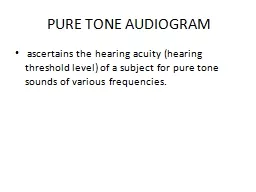PPT-Pure tone audiometry Balasubramanian Thiagaraja
Author : conchita-marotz | Published Date : 2020-04-02
n drtbalus otolaryngology online Introduction Pure tone audiometry is used to measure auditory threshold of an individual The instrument used in this measurement
Presentation Embed Code
Download Presentation
Download Presentation The PPT/PDF document " Pure tone audiometry Balasubramanian Th..." is the property of its rightful owner. Permission is granted to download and print the materials on this website for personal, non-commercial use only, and to display it on your personal computer provided you do not modify the materials and that you retain all copyright notices contained in the materials. By downloading content from our website, you accept the terms of this agreement.
Pure tone audiometry Balasubramanian Thiagaraja: Transcript
Download Rules Of Document
" Pure tone audiometry Balasubramanian Thiagaraja"The content belongs to its owner. You may download and print it for personal use, without modification, and keep all copyright notices. By downloading, you agree to these terms.
Related Documents

